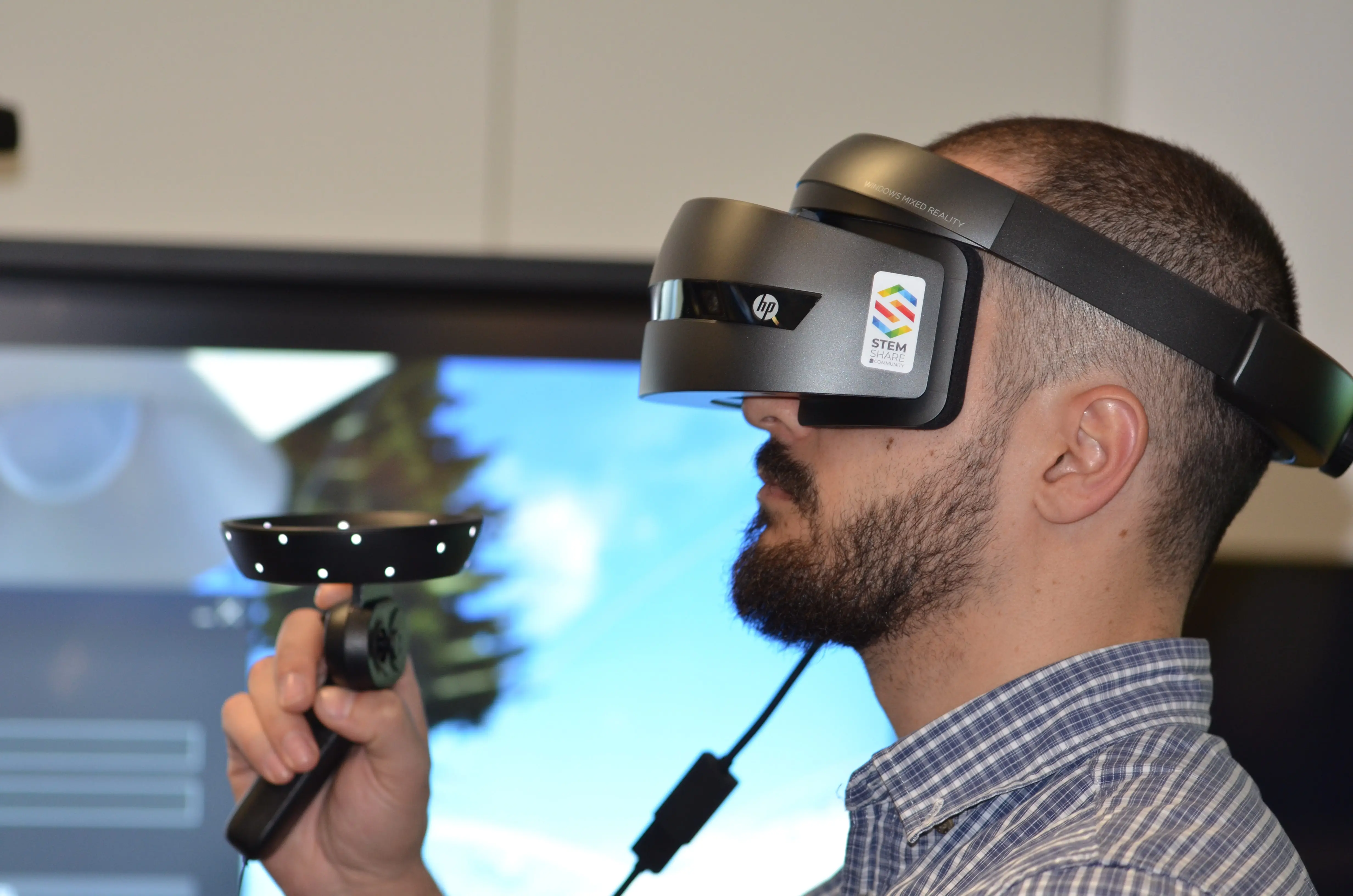
For many new technological developments, their first applications are normally in the entertainment industry. The metaverse has not been an exception to the rule, and now several different metaverse gaming platforms have bases of several million players.
Metaverse games are inherently attractive because they allow players degrees of freedom that are impossible in traditional video games with a fixed storyline. Most metaverse platforms are completely open-concept and allow for interaction and cooperation with other players. The combination of achieving challenging goals with other people is a meaningful bonding opportunity for players.
The metaverse is a digital space where users can interact with other users and the digital environment around them in a free-flowing manner. The metaverse also has aspects of object permanence so that, even when someone is not actively logged on to the metaverse, events continue apace. When applied to metaverse video games, extra dimensions of competition and cooperation are added in order to reach valued objectives. Additionally, gameplay can be so free-flowing that players create their own environments to play in, which adds to the attraction for many people.
There are a few necessary pieces of hardware and connectivity technology that players need in order to access the metaverse.
Sandbox is one of the most popular metaverse games on the market. Sandbox is a very creator-oriented metaverse because of its construction atop the Ethereum blockchain. This link to Ethereum allows creators to build metaverse worlds, create NFTs, and even make money from their time playing. Players who own SAND, Sandbox’s token, are also conferred voting rights in decisions made by the platform, making Sandbox a decentralized autonomous organization as well.
Like Sandbox, Illuvium is also based on the Ethereum blockchain. The main concept of Illuvium is to explore a virtual world and capture different “Illuvials,” which are NFTs — a key difference from other creature-catching games. Players can also engage in different battles in order to earn ILV, the blockchain token used within the game. Illuvium is also a relatively powerful player within the metaverse since, at its peak, the token reached a $1.2 billion market capitalization.
Decentraland is one of the most visually appealing of all the metaverse games. Decentraland is not a game in the traditional sense; rather, it is a game that contains a number of other games. The idea of Decentraland is based on plots of digital land, where players can create anything that they want to on that land. Players can then sell those experiences to other players with Decentraland’s tokens.
Sorare is a soccer (football, for our European friends) metaverse game that is built on top of the Ethereum blockchain. Approximately 180 soccer clubs from around the world have registered on Sorare and new clubs are joining every week. Players can purchase cards that are NFTs and create their own fantasy teams. Players can earn points based on how well the real-life player performs on the soccer pitch.
Fortnite is one of the most massive and iconic metaverse games. The creator company, Epic Games, has been responsible for other massively multiplayer online role-playing games (MMORPGs) like World of Warcraft. Over the years, Fortnite has transitioned from merely a game into an experience. The game has four different modes — Battle Royale, Zero Build, Creative, and Save the World. In these different modes, players can battle each other, socialize, create new worlds, and even attend concerts.
Roblox is another low-fi but highly engaging metaverse game. This gaming platform has grown in popularity, especially with younger generations. Players create their own blocky characters and can play through a number of different worlds that other players have created. There are also around 500,000 "mini" games within the overarching Roblox game. Players can also have their own homes, marry someone, and live like a family.
Prospectors describes itself as a "massive multiplayer online real-time economic strategy game." The actual gameplay is set in Western America in the mid-1800s. Players compete to mine gold which can be converted into the official currency of the game, called "Prospector's Gold." The game emulates the actual usufructuary nature of mining and mineral extraction. Players can rent land and build mines; however, if the rent goes unpaid, the landlord repossesses the equipment and can auction it off.
Those who love puzzles and mind-benders will love Krystopia. This adventure game sends players to the planet Krystopia after the planet sends out a cryptic distress signal. Players must solve different puzzles in order to make sense of the Krystopian world.
The metaverse is a multi-faceted environment that can include video games and other entertainment-based use cases. However, many companies are quickly moving above and beyond mere entertainment applications to fit more tightly with B2B use cases. Marketing, banking, and education are among the industries that are most profoundly affected by metaverse technology.
In order to adequately address all of the different facets of the metaverse, the Wharton School developed the Business in the Metaverse Economy program. The course covers case studies from finance, retail, advertising, entertainment, and other sectors to help students gain a deep understanding of the potential in the metaverse. In addition, participants will learn about the current state of the metaverse, active builders, and the economic and technological factors that will drive future development. For more information or to enroll in the metaverse program, visit our information page.
This article is for marketing purposes only and does not intend to represent the opinions of the program.


